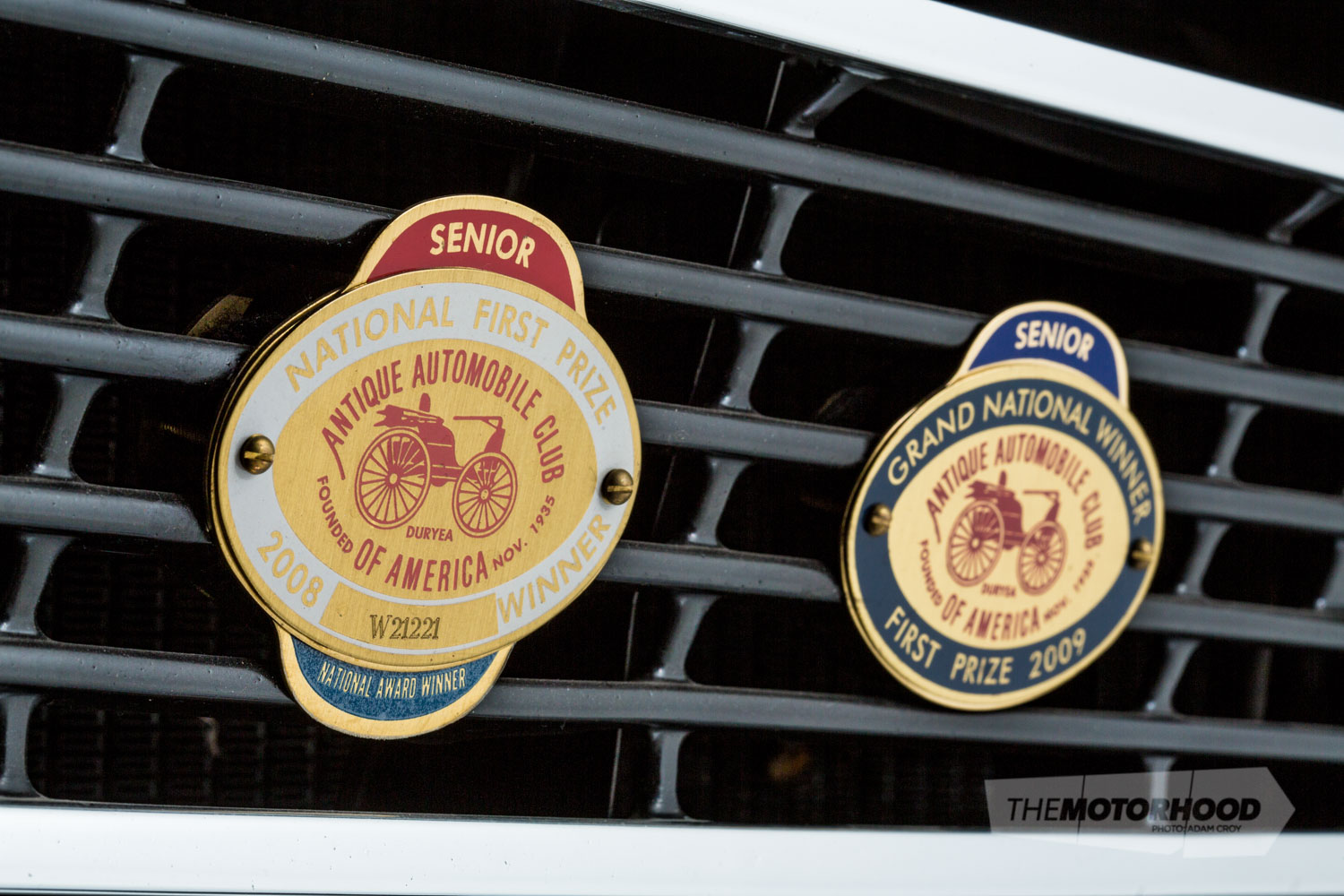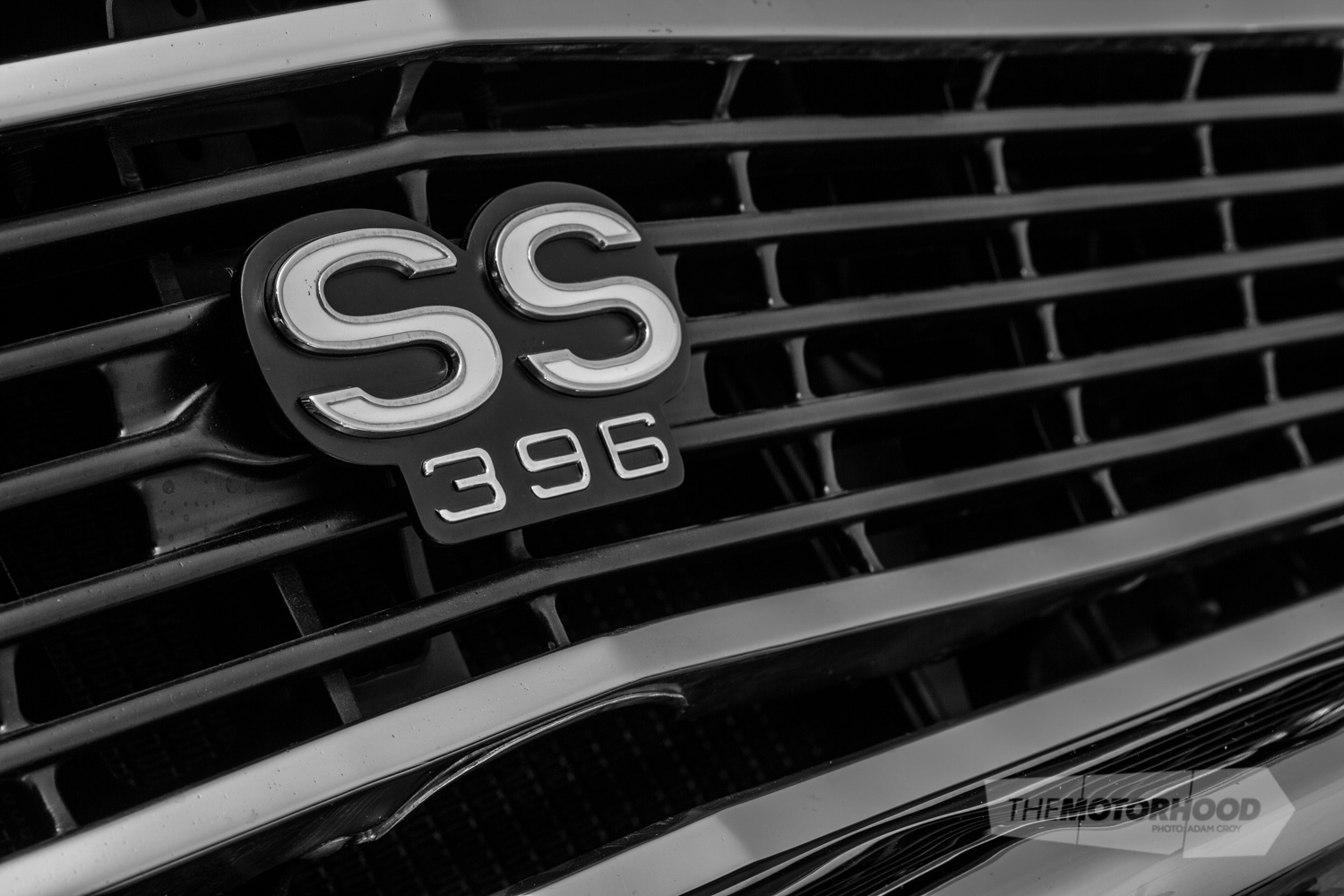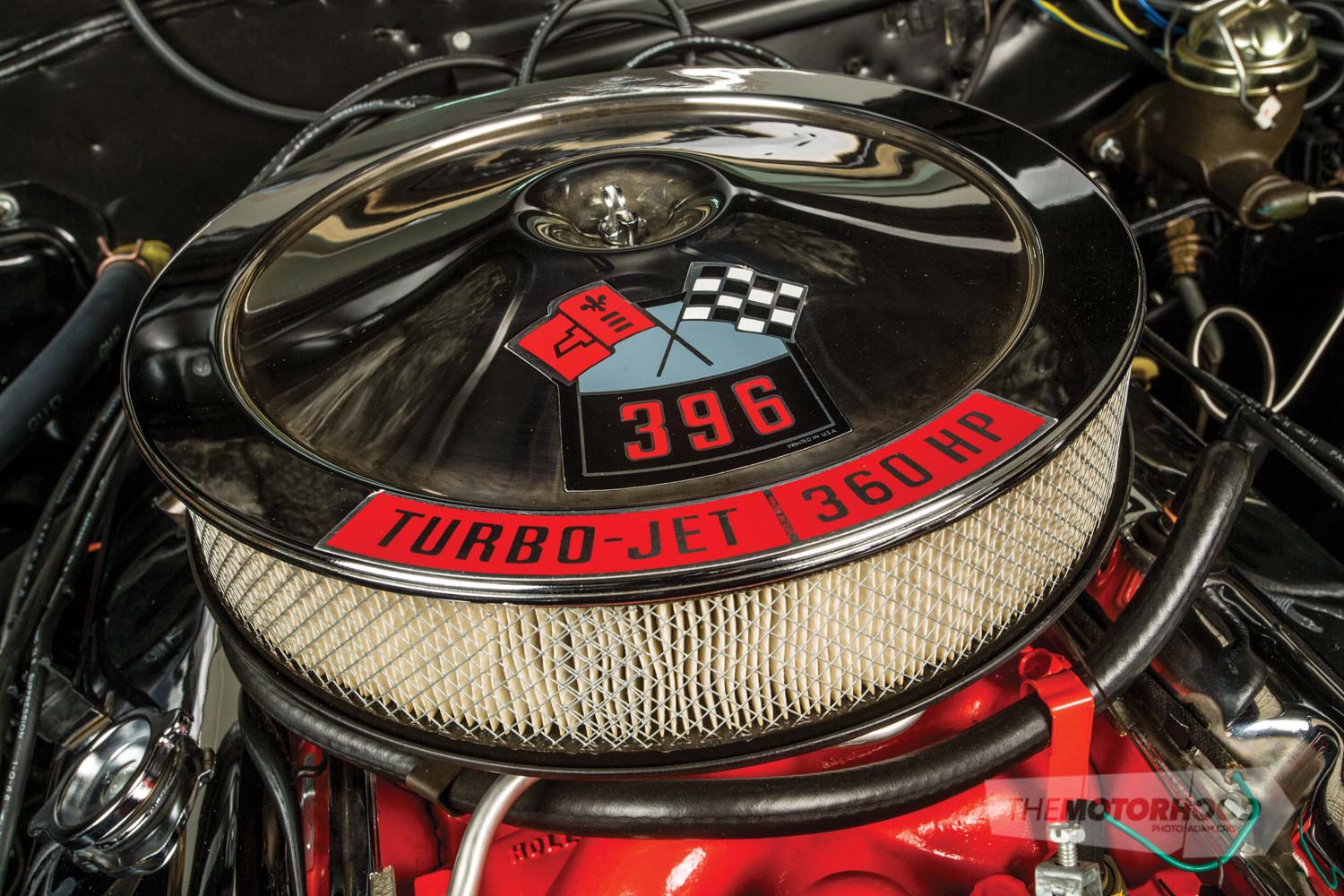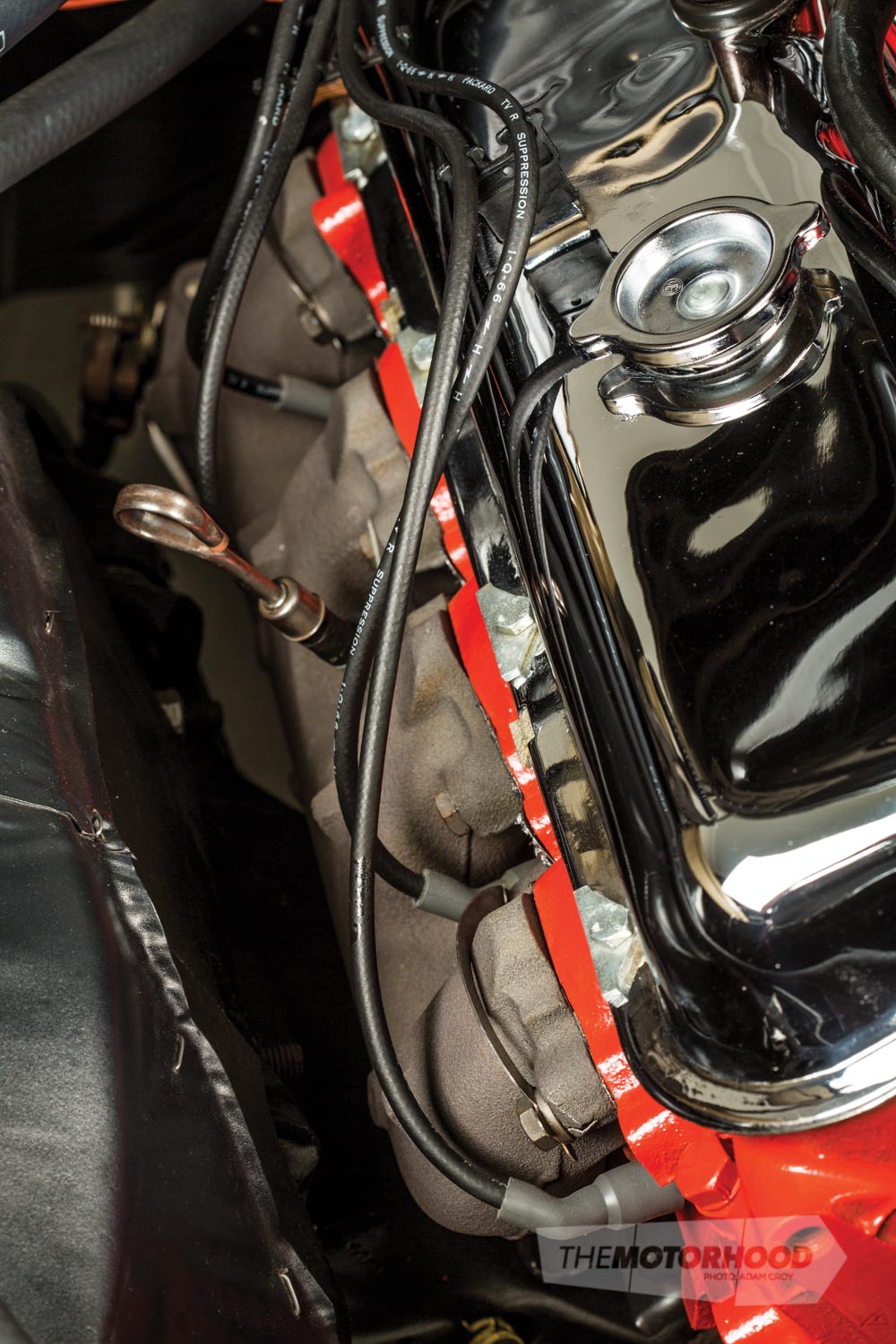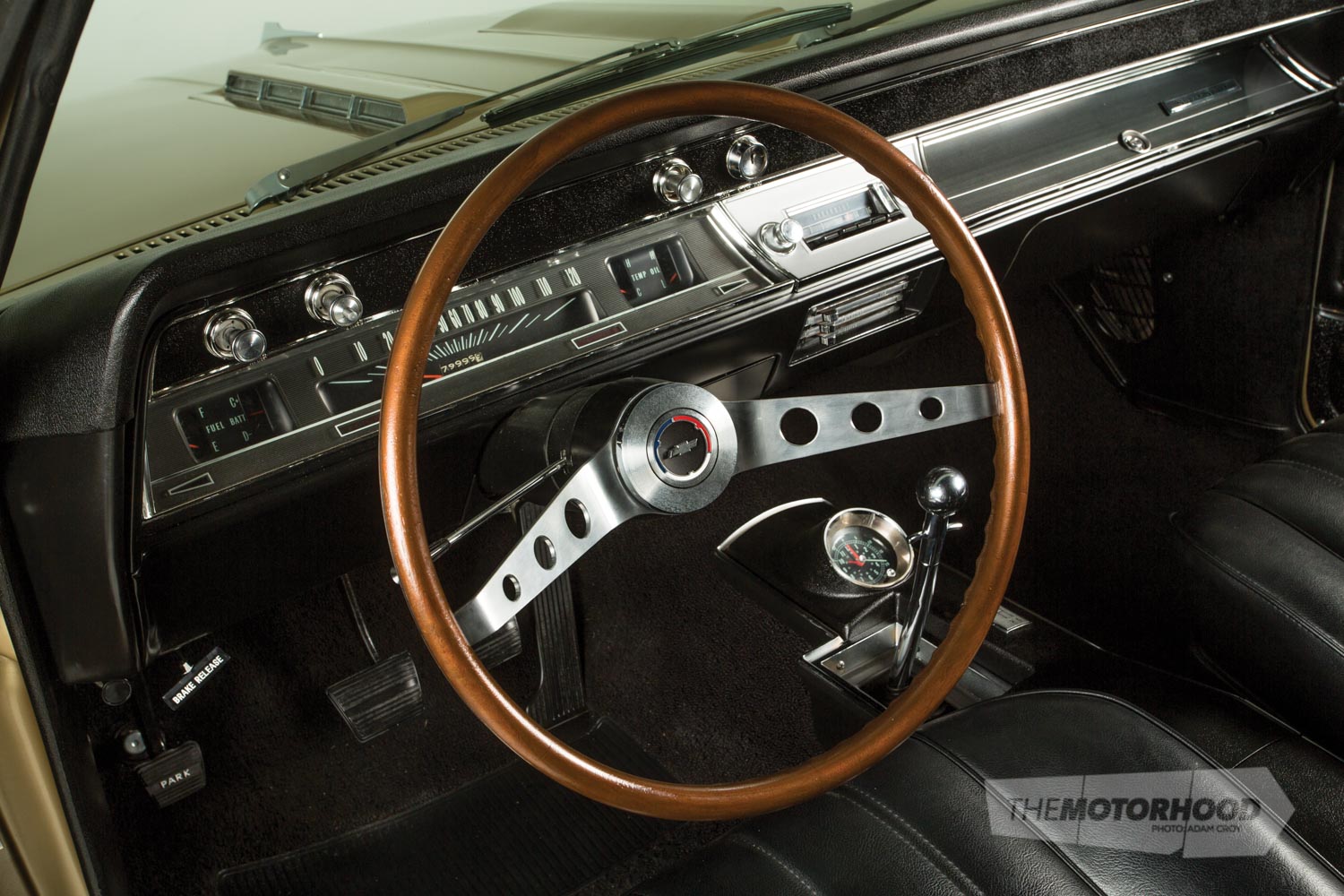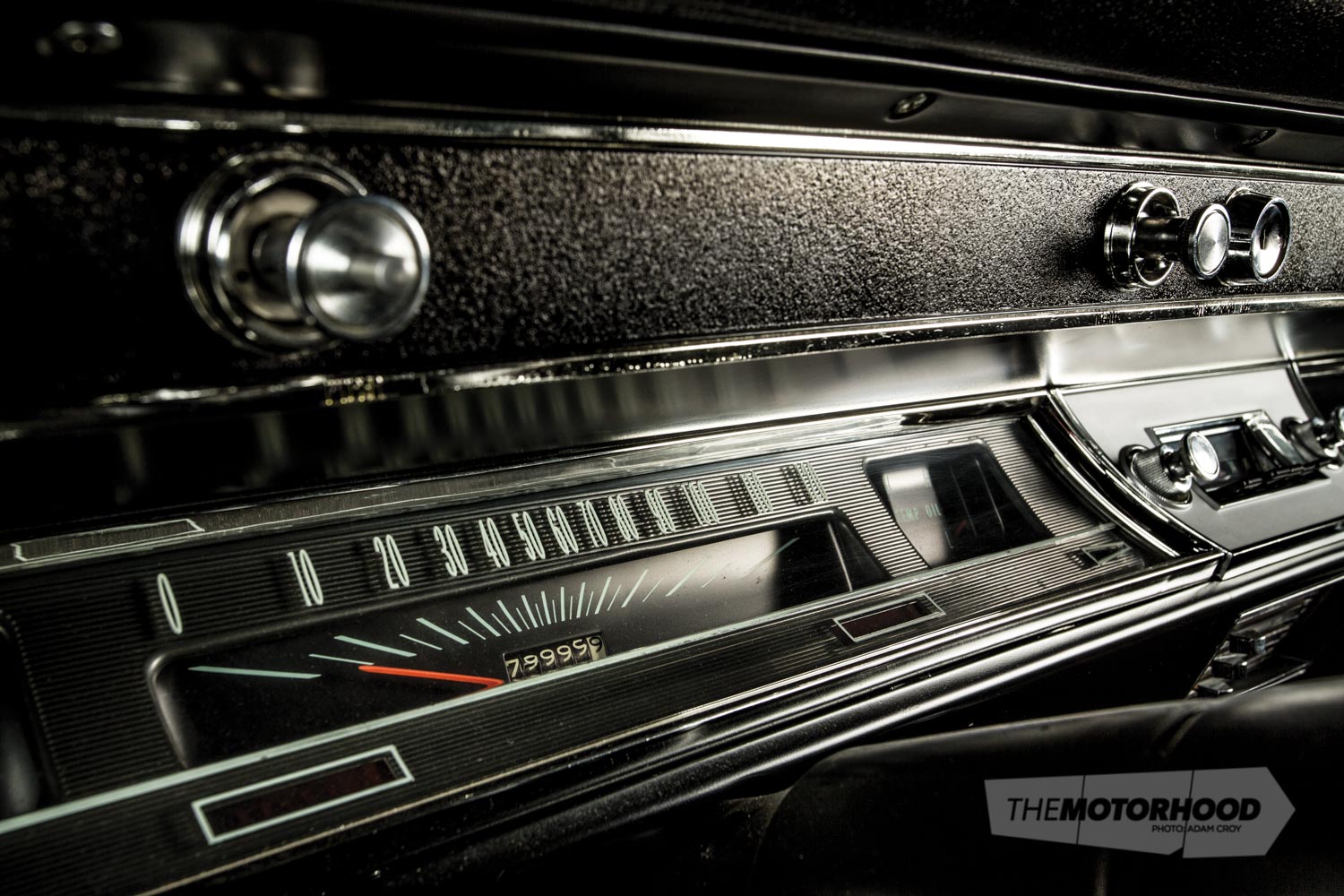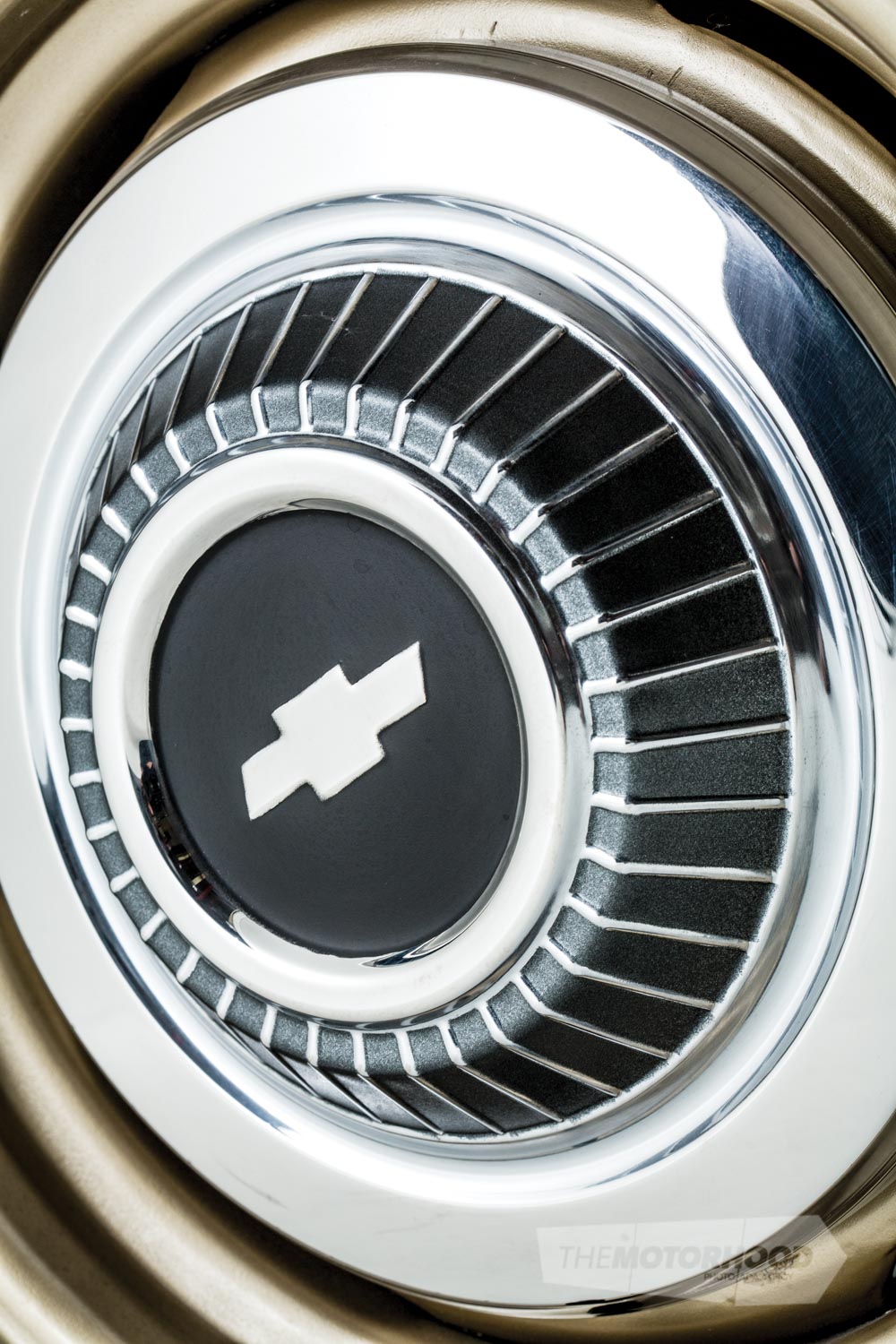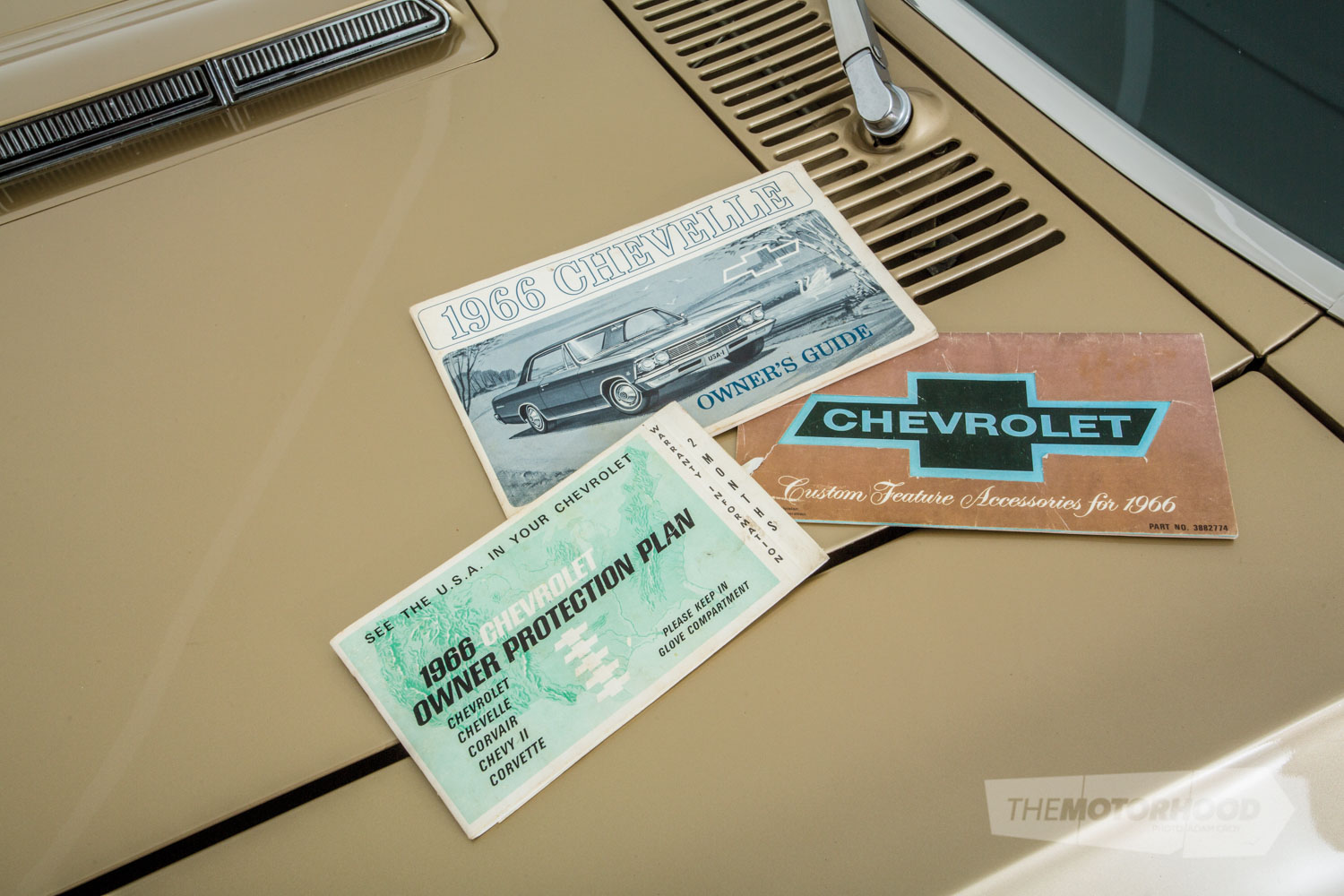data-animation-override>
“The 1966 Chevrolet Chevelle promised to be leaner and meaner than ever before. Flaunting its new styling and a range of performance options, the Chevelle remained the viable choice for many”
Launched in September 1966, General Motors’ (GM) new Chevelle was cleverly positioned in the market to bridge the gap between the Impala and Chevy II/Nova. Built on the same A-body platform as the Pontiac Tempest, Buick Skylark, and Oldsmobile Cutlass, the Chevelle had one other purpose — to tackle Ford’s new Fairlane head-on in an ultra-competitive car market. The Chevelle was definitely up to the task, with an extensive range of models on offer including everything from two-door sport coupés to four-door wagons. The Chevelle also offered the largest range of trim options, from basic to GM’s fancy upmarket packages.
For 1966, GM ushered in a totally redesigned Chevelle body oozing style and performance. There were four series on offer — the Super Sport (SS) 396, Malibu, Chevelle 300 Deluxe, and Chevelle 300, all available as convertible, sport coupé, two- and four-door sedan, and wagon variants.
According to the positive sales figures, the buying public was certainly impressed with the new-look Chevelle when it hit the showrooms with its revised styling, which boasted such features as a revamped grille and front bumper, a sportier-looking raked roof line and chrome accents, as well as a handsome bucket-seat interior and full range of options to choose from.
The introduction of the SS 396 placed Chevrolet right in the thick of the growing muscle-car wars. It featured the most luxurious standard interior option, as well as other features such as a dual exhaust system, sport wheel covers, a tachometer, and two simulated hood scoops, which became the signature for the new SS. Over the years, the potent Chevelle SS 396 has become one of America’s favourite muscle cars.
In terms of engine options for the Chevelle, GM covered all bases by offering a full range of power plants, from a standard 3.2-litre (194–cubic inch) in-line six-cylinder to a 4.6-litre (283–cubic inch) V8, although a 5.4-litre (327–cubic inch) V8 could be ordered by ticking the appropriate box on the order form. Those opting for the Super Sport models got the big block 6.5-litre (396–cubic inch) V8 as standard.
Fast-forward to 1973, and, after a few redesigns and facelifts, the Chevelle was just a shadow of its former self. A completely redesigned body saw the SS downgraded to nothing more than a simple appearance package. A year later, the big block Chevelle was no longer available, and, by 1977, Chevrolet’s potent Chevelle had reached the end of its life.
BSAs to USAs
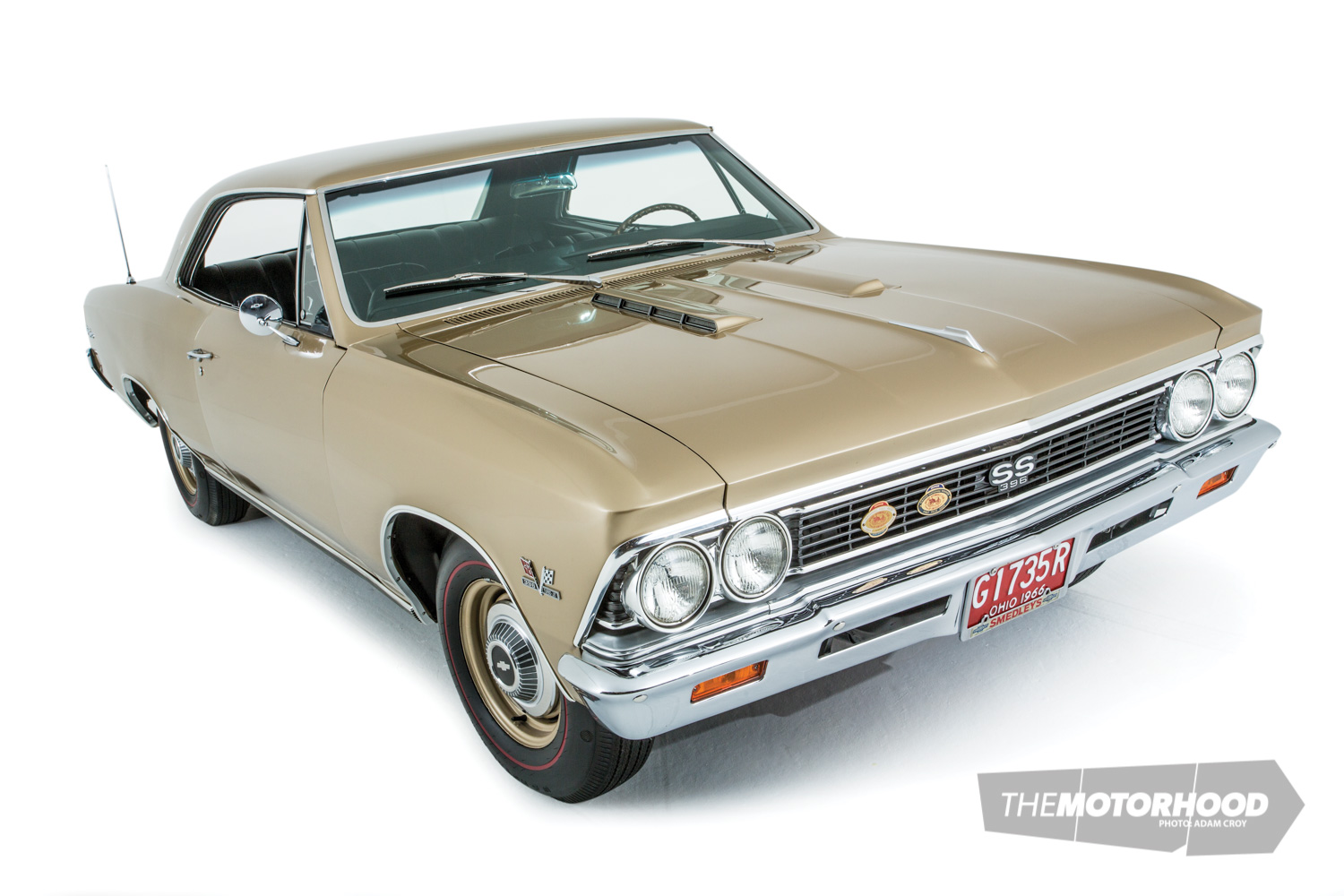
Growing up in the ’70s, Glenn Ripley had the usual Kiwi-kid interest in big Aussie Holdens and Fords. His older brother, on the other hand, had a slightly more sophisticated and star-spangled palate, and his arrival at home in an Impala one day kick-started Glenn’s love of American classics.
For some years, the American dream remained out of reach for Glenn, so he muddled around with more affordable motorbikes, such as BSA, Triumph, and BMW machines, until — about nine years ago — he found himself in the enviable position of being able to begin the hunt for his first classic car. After years of scouring classifieds and attending classic car shows, Glenn had a fair idea of what he wanted and how much he could spend. He decided a good place to start would be with a more affordable Pontiac Firebird, so the search began online and by ringing dealers and enthusiasts throughout America. He soon realized that the American market is flooded with dodgily restored classics and, occasionally, even dodgier owners.
Buying an American car from the bottom of the world just seemed too hard. But, in 2009, as he was becoming despondent about the hunt, Glenn came across the perfect car. The 1967 Camaro SS was located in Christchurch and owned by a gentleman who had imported it himself 30 years earlier. Glenn was quick to jump on the deal and, within weeks, was the proud owner of a very tidy ’67 Camaro. Suffice it to say, Glenn chose to fly down and enjoy the drive back to Auckland.
Bitten by the bug
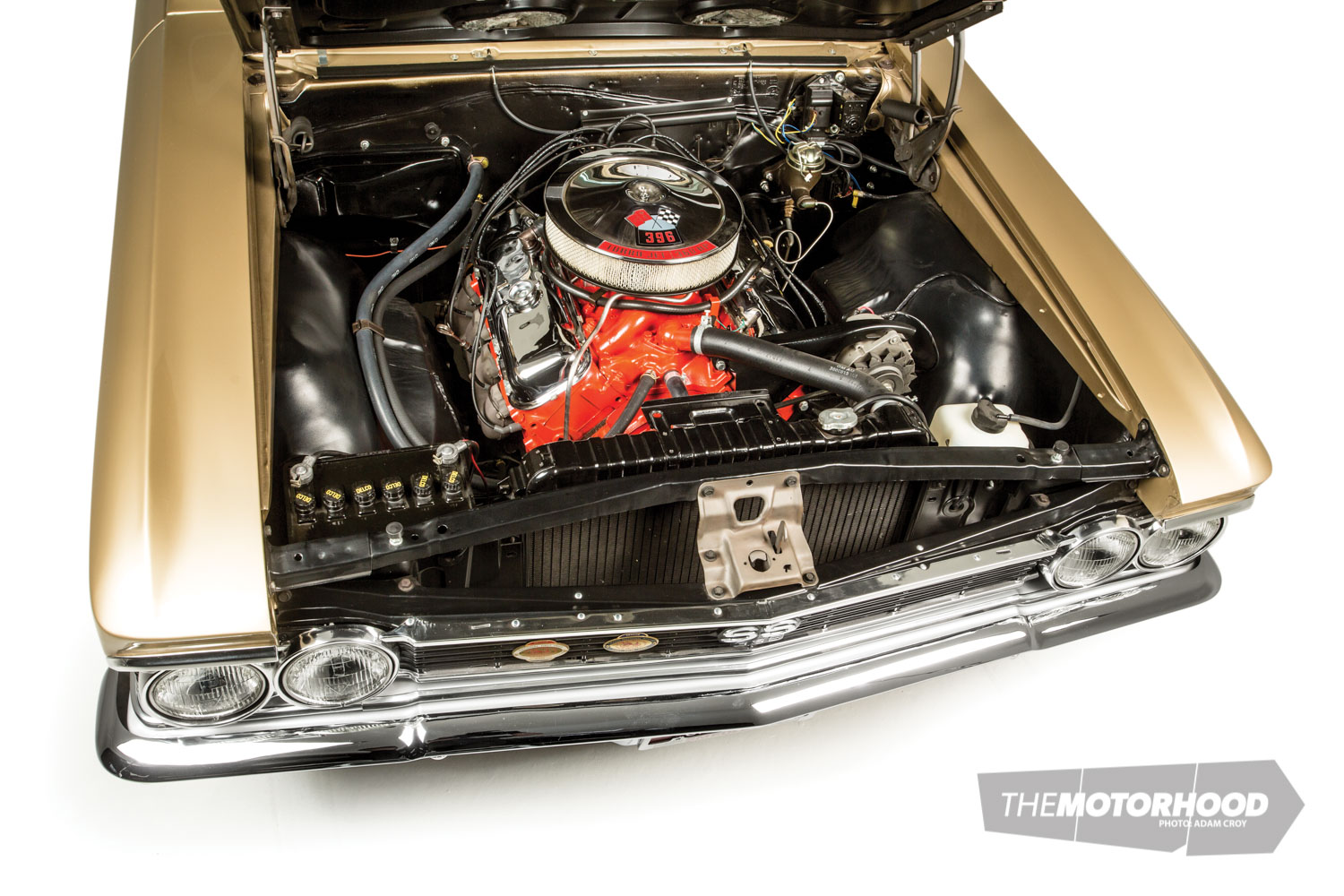
Not long afterwards, Glenn once again found himself scouring the internet, and he soon had in his possession a 1956 Chevy stepside ute. Unfortunately, with its heavy steering and three-on-the-tree, the stepside wasn’t the most user-friendly vehicle in which to commute around Auckland city. However, at about the same time he parted ways with both the Camaro and the stepside, he happened upon another Camaro that had taken his interest some years earlier and decided he wouldn’t miss the opportunity to buy it again.
If you think you’re seeing a pattern emerge, you’re not wrong. While Glenn isn’t a dyed-in-the-wool Chevrolet man, he knows them well and obviously enjoys them. After owning the Camaros and the stepside, there was still a Chevy itch Glenn knew he had to scratch: a ’66 Chevelle SS.
Glenn had long admired the Chevelle and began looking for his perfect car in around 2010. As they still fetch a pretty penny in the States, there were very few of them on the ground in New Zealand.
SS search

Glenn spoke to several people, and went as far as having a car inspected before he came across Mike Crown, of mysterychevelle.com in the US. Mike is a man who knows ’66/’67 Chevelle SSs inside and out, having worked on them, owned them, bought them, and sold them. Glenn soon realized his previous experiences with dodgy cars and characters were not going to be a concern with Mike on the case. Once he had given Mike a rundown of the car he was after, it didn’t take long for our feature car to turn up as recommended — this perfectly restored Sandalwood Tan example. Mike had been a part of bringing this car back to its immaculate original state, so was quite happy to vouch for its condition and originality.
When Glenn began to ask some questions and gather together information about the car, he also got a picture of the lengths the restoration team had gone to while working on it. This car didn’t just get rebuilt and resprayed; it was a complete body-off, 100-per-cent-numbers-matching build using original parts, and when original parts were unable to be sourced, number-correct date-coded parts were used.
As Glenn delved further into the history of the car, the pedigree behind it became overwhelmingly evident. Such was the quality of the restoration job on the Chevelle that this particular vehicle served as the benchmark when The Essential 1966–’67 Chevelle SS Fact Book was written.
Following the frame-off rebuild of rebuilds, the Chevelle spent a number of years being hauled across the Land of the Free as a show car in a covered trailer, spending the times in between in a climate-controlled garage.
And show it did. At the final National Chevelle Owners Association (NCOA) Chevelle Showdown ever held, the car snared a full sweep of the awards, taking out the Platinum Award and Best Interior, and was highest-scoring car in class. In 2009, it took out first place in the Antique Automobile Club of America (AACA) Grand National following a National Recognition Award for High Performance Chevrolet in 2008.
As a sweetener, the Chevelle also came with all the original sales documentation, including invoices; warranty details; full ownership records; and, finally, photos and descriptions and verification of every part used throughout the restoration.
Final push
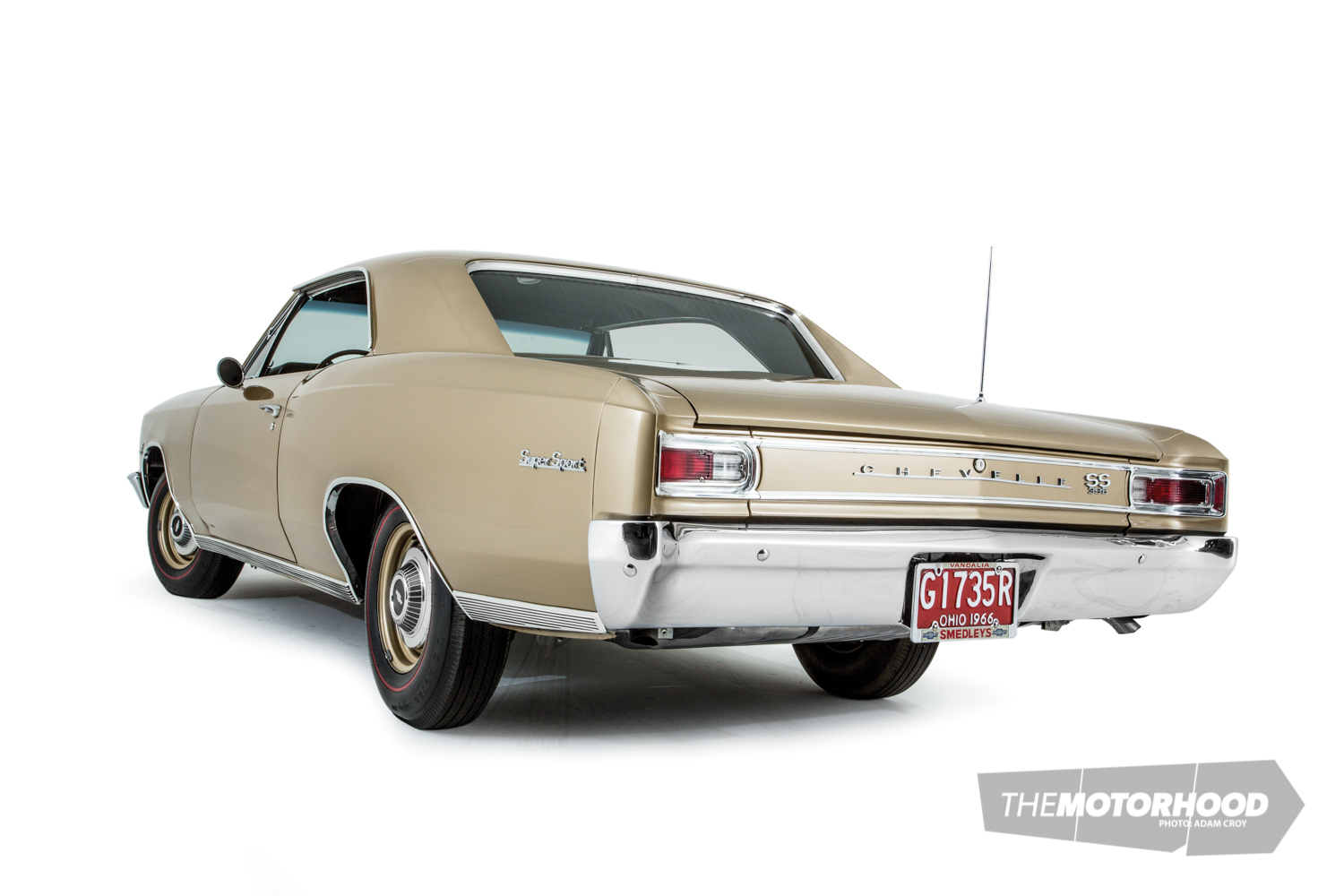
It took a few weeks for all this information to sink in and for Glenn to get his head around buying a concours-quality car. As it always tends to do, the call to action occurred at the worst possible time, when Glenn was standing at Auckland Airport preparing to fly to Tahiti with his wife for their 25th wedding anniversary. Glenn was keen on the Chevelle but needed a last push. Finally, his wife provided one, with a simple “Do it!”. And that was it. As Glenn sat on the iPad finalizing the deal minutes prior to take off, he got the message from Mike Crown: “You’ve bought the best Chevelle on the market in America”. As Glenn’s flight got underway, he settled into his seat satisfied with his (and his wife’s) decision. Not a bad 25th-anniversary present for them both.
Once back from holiday, Glenn began arranging for the Chevelle’s arrival to our shores. The owner — a fellow Chevelle enthusiast with several other examples who was downsizing his collection — arranged for the car’s transportation to Port Huron, in Michigan. The Chevelle made it as far as Los Angeles, then had to sit in transit for three months while the remainder of the trip was arranged. Once the Chevelle arrived, Glenn was understandably excited to get her out of the container and onto the road. It is indeed an immaculate car, though, unfortunately, some minor paint blemishes had occurred — Glenn suspects during its Californian vacation. Luckily, some of the factory-specified Sandalwood Tan paint was provided in the boot, and Wayne Butler made light work of bringing the Chevelle’s body back to show condition.
As it had been a show car for the previous dozen or so years of its life, Glenn needed to take her in for a wheel alignment and a few other bits and pieces to get her happily on the road when she arrived, before he was then able to enjoy a few memorable drives. He still gets the Chevelle out of the garage occasionally, but, for the most part, it remains coddled as arguably the most perfect and original Chevelle in New Zealand. Not a man to sit still, Glenn is now quietly eyeing up a sleeper project that’s he’s a bit happier to get out and about in, without having to worry about messing with perfection.
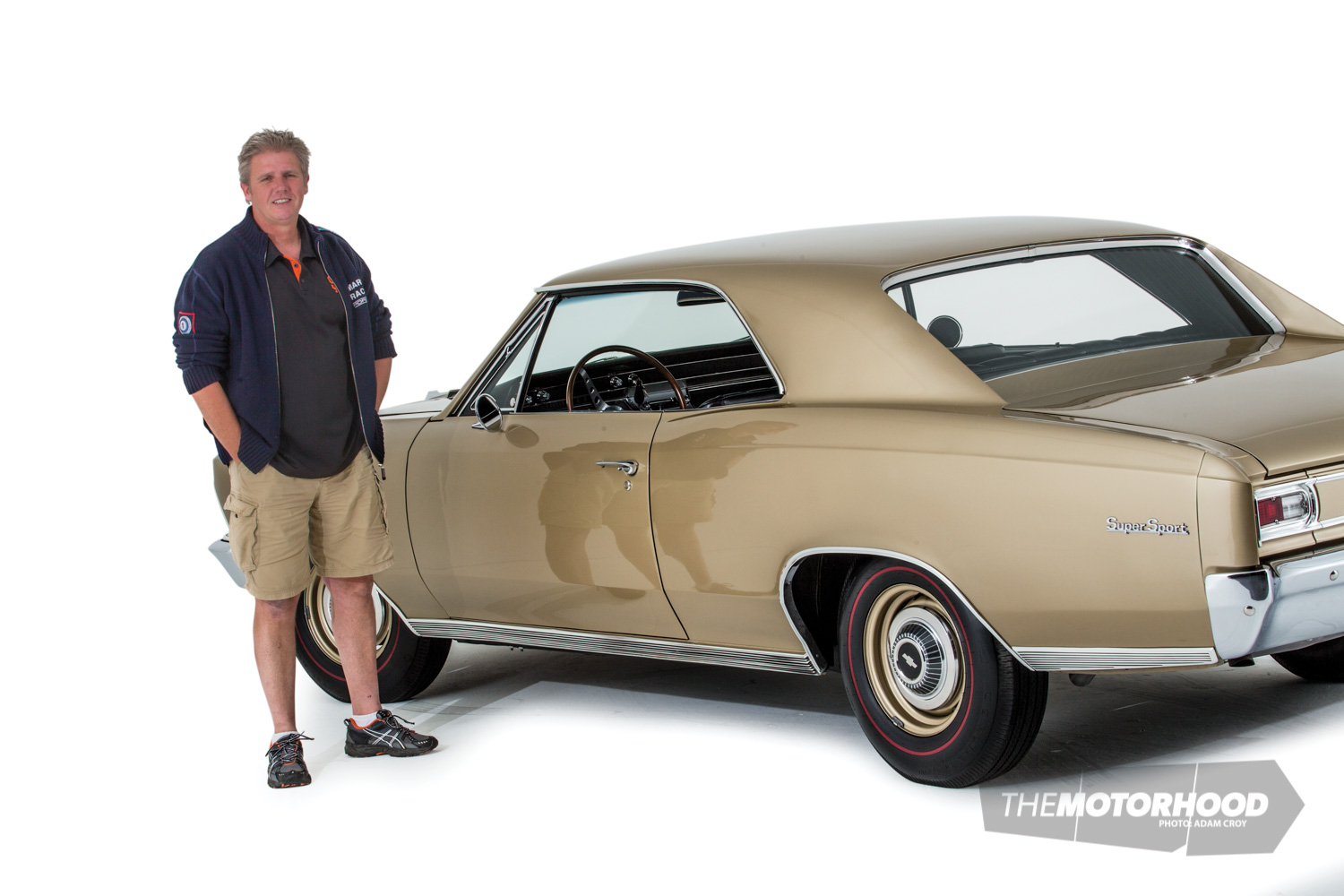
1966 Chevrolet Chevelle SS 396
Engine: Chevrolet L34 big block V8
Capacity: 6.5-litre (396–cubic inch)
Bore/stroke: 103.8mm/95.5mm
Valves: Two per cylinder
Comp. ratio: 10.25:1
Max power: 375hp (280kW) at 5600rpm
Max torque: 563Nm at 3600rpm
Fuel system: Four-barrel Rochester
Transmission: Four-speed manual
Suspension F/R: Unequal-length upper and lower control arms, coil springs, tubular shock absorbers, stabilizer bar / Live axle, coil springs
Steering: Recirculating-ball
Brakes F/R: Discs/Drums
Dimensions
Overall length: 5004mm
Width: 1905mm
Height: 1318mm
Wheelbase: 2921mm
Track F/R: 1473mm/1473mm
Kerb weight: 1595kg
Performance
Max speed: 191kph
0–100kph: 6.5 seconds
Standing quarter-mile: 14.9 seconds

